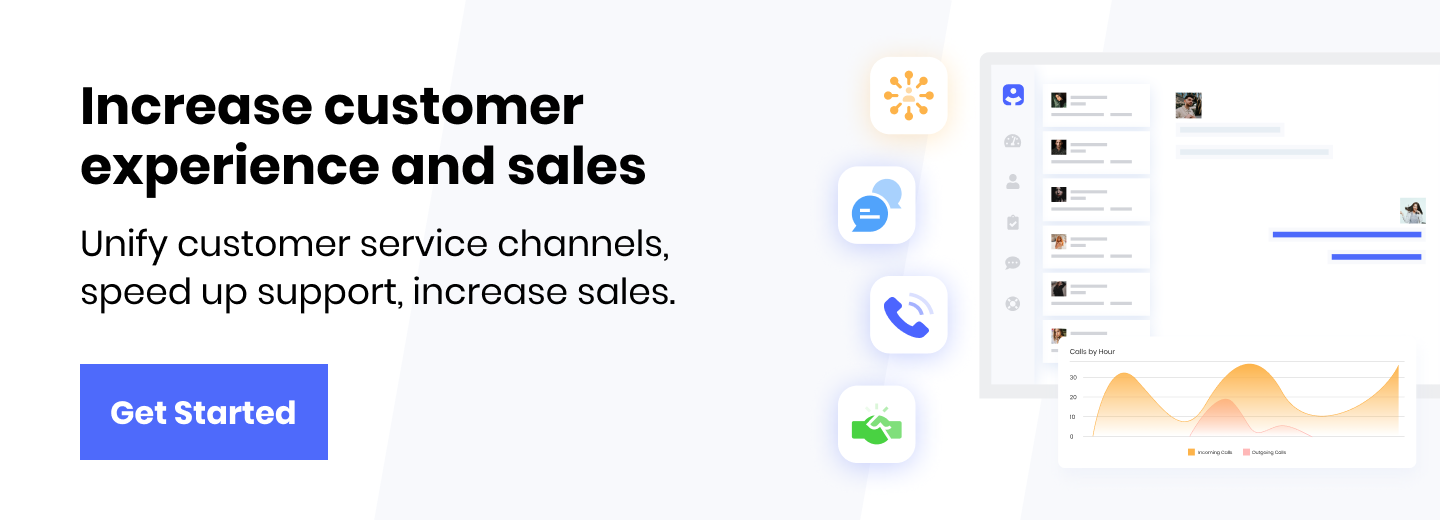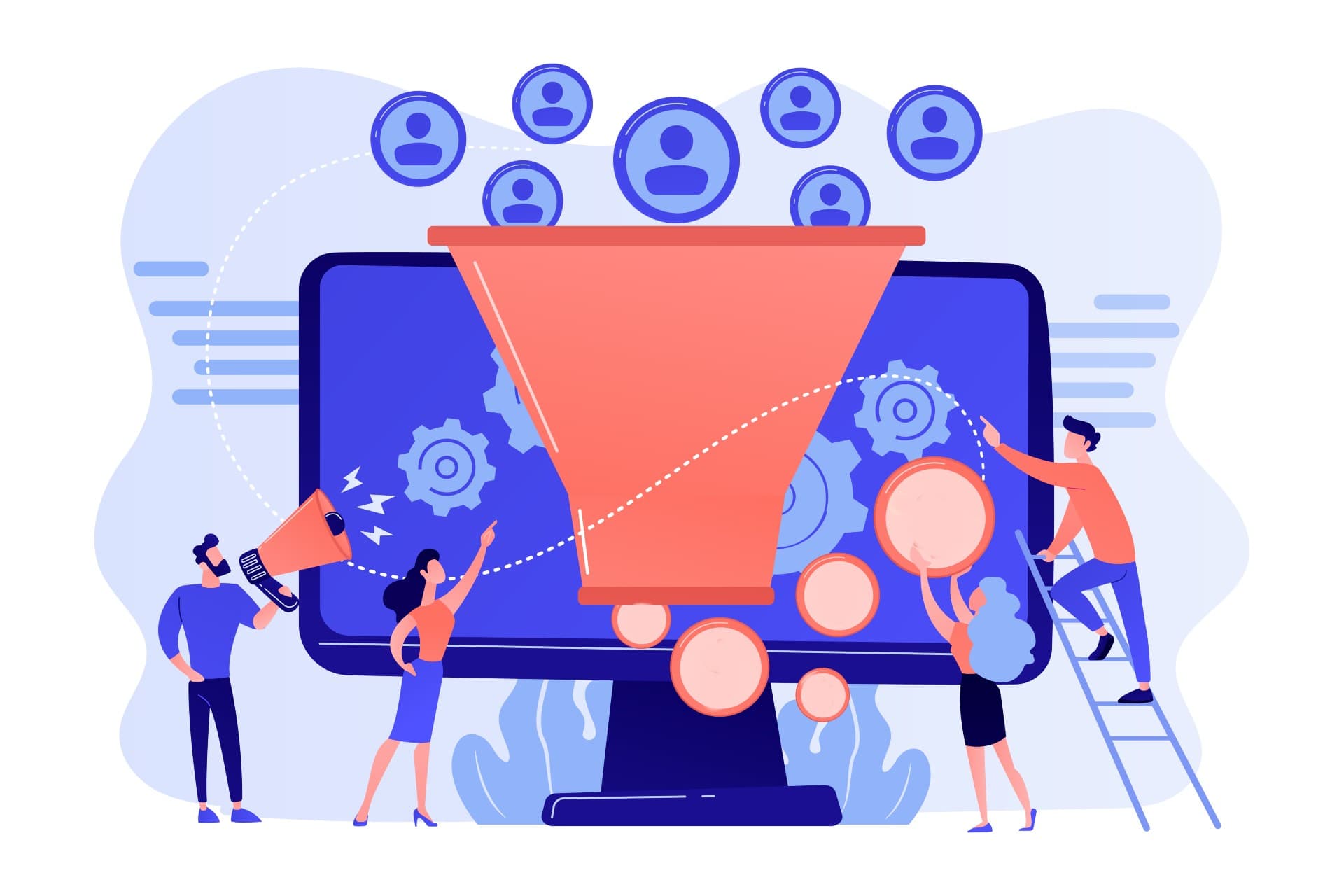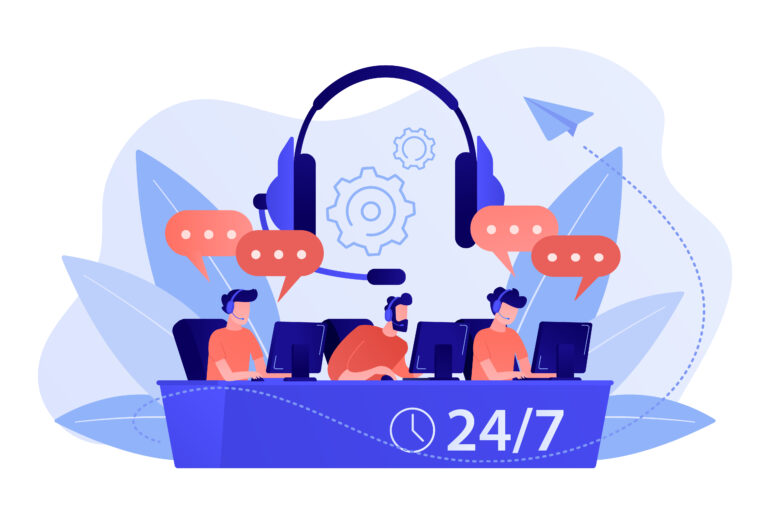Businesses widely use the ‘sales funnel’ system to monitor potential customers becoming regular customers. So what is a sales funnel, and how is it created?
What is a Sales Funnel?

‘Sales funnel’ is a marketing term that refers to the process that starts with a potential customer and ends with a purchase. If you were to imagine the concept as an actual funnel, the wide top represents potential customers who can be encouraged to buy with the right strategy. The narrowest part at the bottom represents the sale.
There are four basic steps in the funnel: awareness, interest, decision making, and purchase. Each step in the funnel represents stages at which potential customers can become actual customers. The sales funnel offers advantages for companies, including predicting potential customers, following sales processes step by step, and systematic data flow.
How To Create a Sales Funnel?
Every company has a unique marketing strategy. As such, the sales funnel changes from business to business depending on the sector in which they operate, their vision, and their mission. There are stages to follow in creating a sales funnel. Let’s talk about them.
1) Analyze Your Target Audience’s Behavior

The target audience needs to be determined properly to create the best sales funnel for a business. For this reason, in the first step towards creating a sales funnel, it is important to identify potential buyers for your product or service and analyze their behavior. Data obtained through this research is essential for creating strategies for narrowing the funnel later on.
2) Get Your Audience’s Attention
It is necessary to bring potential customers inside your system for the sales funnel to work effectively. Based on data obtained in the previous step, content is prepared in line with customer behaviors and interests, in a way that encourages members of the target audience to purchase your goods and/or services.
3) Organize Campaigns In Line With Your Strategy

After you have identified the demands and needs of your target audience, it is time to reach them with impactful campaigns. At this point, your brand’s business plan, vision, marketing strategies, and customer behavior analysis come into play. You should use these data points to develop campaigns and determine the channels you will use to share these campaigns with your audience.
4) Keep in Touch With Your Customers
The process is complete when a potential customer makes a purchase. After the initial purchase, it is important that they buy from you again. Therefore, maintaining communication is important to retain customer loyalty. According to studies, a 5% increase in loyal customers reflects a 50% increase in sales revenue. This is why communication after sales is as important as interacting with customers during the sale process. After-sales engagement strategies are an integral part of the sales funnel process and should be developed as such.
Infoset: The Easy Way to Turn Potential to Sales
It takes a lot of time and effort to turn a potential customer into a regular customer. You can save time and cost by automating all these processes with Infoset. With the Omnichannel customer service system, you can manage all your support and sales channels on a single platform and automate all your processes. Start using Infoset today to take your customer experience to the next level and increase your sales!






